The Price of Progress: GM and UAW Inch Closer to a Deal As Strike Disrupts Operations Across North America

The first strike action by unionized General Motors workers since before the recession has entered its fifth day, with bargaining teams from both sides claiming progress on a number of issues. That said, reaching a tentative deal reached before the weekend is a long shot.
With American GM plants free of workers, the shutdown of the automaker’s manufacturing landscape has sent shock waves across the border and into Canada, where many workers are now “enjoying” a unexpected late-summer vacation.
According to Automotive News, both sides spent Thursday in talks and planned to resume negotiations on Friday. Already, the strike has lasted more than twice as long as the 2007 strike. It didn’t go unnoticed by some workers.
“It’s already twice as long. That one we went out, and a couple days later, we were back. This one, it’s hard to say,” said Bill Duford, a UAW member picketing outside GM’s Romulus, Mich., transmission plant on Thursday. This time around, things are “completely different,” he added.
In a letter to members, Terry Dittes, vice president in charge of the UAW’s GM department, said the union has been working overtime to ensure negotiations ultimately land in their members’ favor. “The process of meeting in subcommittees and main tables will continue this weekend and beyond, if a Tentative Agreement is not reached,” he wrote.
As we told you yesterday, the idling of so many GM plants in the U.S. has forced some Canadian operations to throw in the towel. Some 1,200 or more workers were temporarily laid off at GM Canada’s Oshawa, Ontario assembly plant earlier this week. Several hundred workers at GM’s St. Catharines, Ontario propulsion plant are expected to receive pink slips on Friday.
Despite some progress in the talks, there’s agreements yet to be reached between the two sides. GM angered the UAW before talks broke off by making an offer in which workers would pay considerably more for their health care costs. It quickly retracted the offer, but other issues remain. One of those sticking points seems to be Mexico.
Speaking to FOX Business, UAW picket captain Moshee Edwards said, “I would like to see more cars built here in America because it doesn’t just affect us, it affects our communities outside of this plant as well. There are so many smaller communities, so many businesses that rely on us.”
Lingering resentment remains from GM’s decision to build the new Chevrolet Blazer in a Mexican facility, rather than earmark its production for an underutilized American plant. This move even earned GM a short-lived boycott on Mexican-made vehicles from Canadian Detroit Three auto worker union Unifor.
These issues, as well as those relating to wages, lump sum pay, and temporary worker benefits, will continue plaguing negotiating teams on both sides. In the meantime, GM is losing $50 million to $90 million per day as the strike drags on, depending on which analyst you speak to.
[Image: General Motors]

More by Steph Willems
Latest Car Reviews
Read moreLatest Product Reviews
Read moreRecent Comments
- Dartdude The global climate scam is a money and power grab. If you follow the money it will lead you to Demo contributors or global elitists. The government needs to go back to their original purpose and get out of the public sector.
- FreedMike Miami is a trip - it's probably the closest thing we have to Dubai in this country. If you are into Lambos and the like, definitely go - you'll see a show every night. These condos fit right in with the luxury-brand culture - I'm surprised there isn't a Louis Vuitton or Gucci building. I was in Miami Beach in January with my fiancee, and we shared a lovely lunch that consisted of three street tacos each, chips and salsa, and two sodas. Tab: $70.00, with tip. Great town, assuming you can afford to live there.
- Kjhkjlhkjhkljh kljhjkhjklhkjh Pay money to be inundated in Adverts for a car that breaks when you sneeze? no
- Laflamcs My wife got a new 500 Turbo in 2015. Black exterior with an incredible red leather interior and a stick! The glass sunroof was epic and it was just about the whole roof that seemed to roll back. Anyway, that little bugger was an absolute blast to drive. Loved being run hard and shifted fast. Despite its small exterior dimensions, one could pile a lot into it. She remember stocking up at COSTCO one time when a passerby in the parking lot looked at her full cart and asked "Will it all fit?" It did. We had wonderful times with that car and many travels. It was reliable in the years we owned it and had TONS of character lacking in most "sporty" car. Loved the Italian handling, steering, and shift action. We had to trade it in after our daughter came along in 2018 (too small for 3 vacationers). She traded it in for a Jeep Renegade Latitude 6 speed, in which we can still feel a bit of that Italian heritage in the aforementioned driving qualities. IIRC, the engine in this Abarth is the same as in our Renegade. We still talk about that little 500..........
- Rochester If I could actually afford an Aston Martin, I would absolutely consider living in an Aston themed condo.


















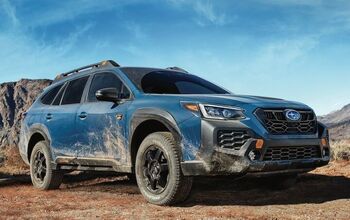
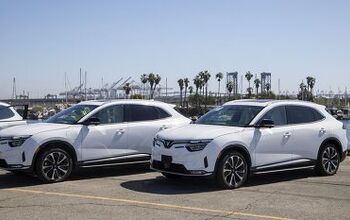
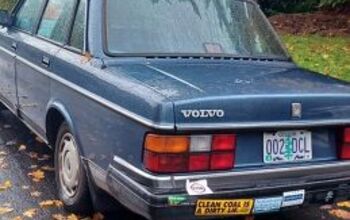
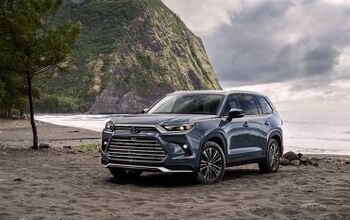
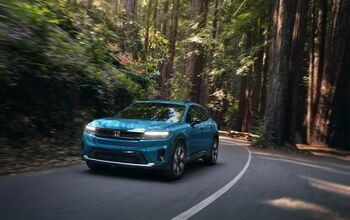
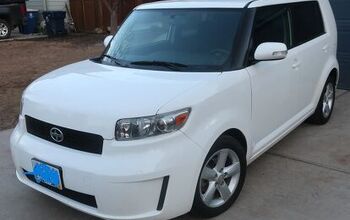
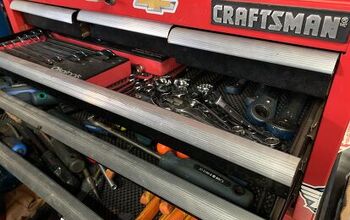


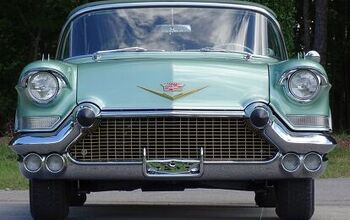
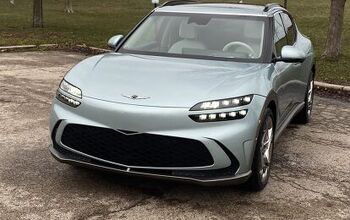
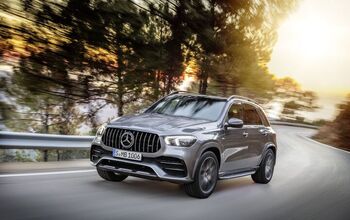
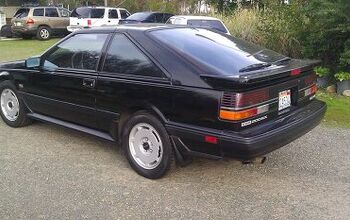
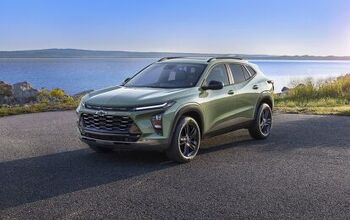


Comments
Join the conversation
Thanks Redgolf The temps are a thorn in the side of the UAW. Equal pay for equal work. Hard to argue with that. The workers made wage concessions and their real wages have dropped—but does that include the $10k profit sharing? As to health care, a higher percent paid by employees is consistent with modern America, for better or worse. So I think I’m onto something: End the temps, increase employees share of healthcare costs Of course, the transplants do the same things. They have temps—in Japan. Those temps don’t get the same pay and benefits as company workers. Ironically, “love Subaru” probably has the most egregious track record. And that’s the thing...the Democratic presidential candidates can join the picket lines and single out GM, but what about these practices by transplants? And I understand the Detroit three, even with older plants and workers, have better safety records
First they came foe the brainwashed union haters and I did nothing....